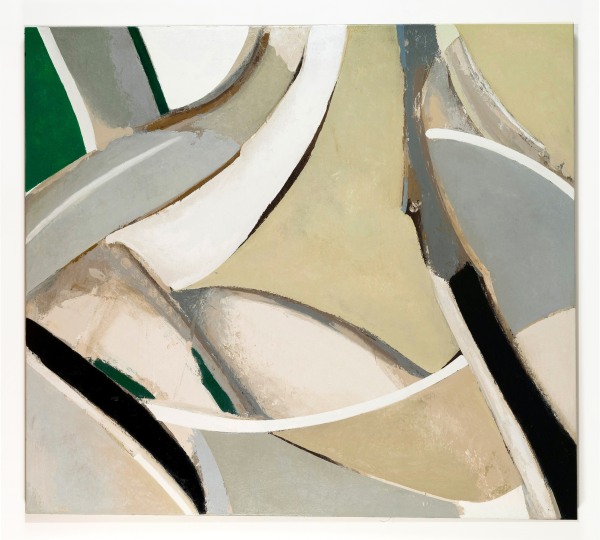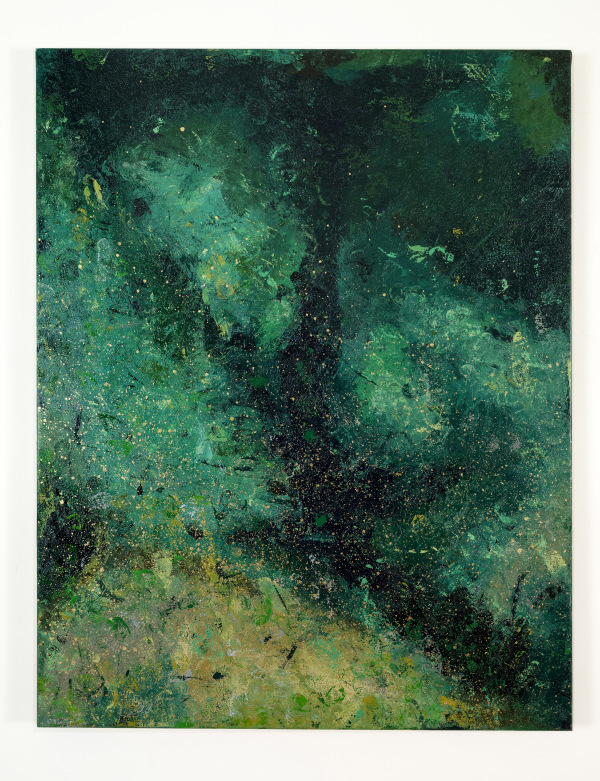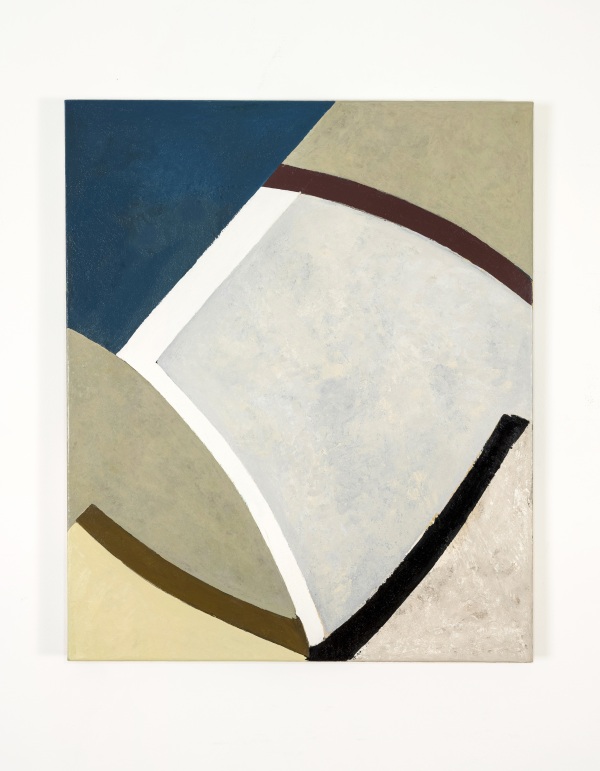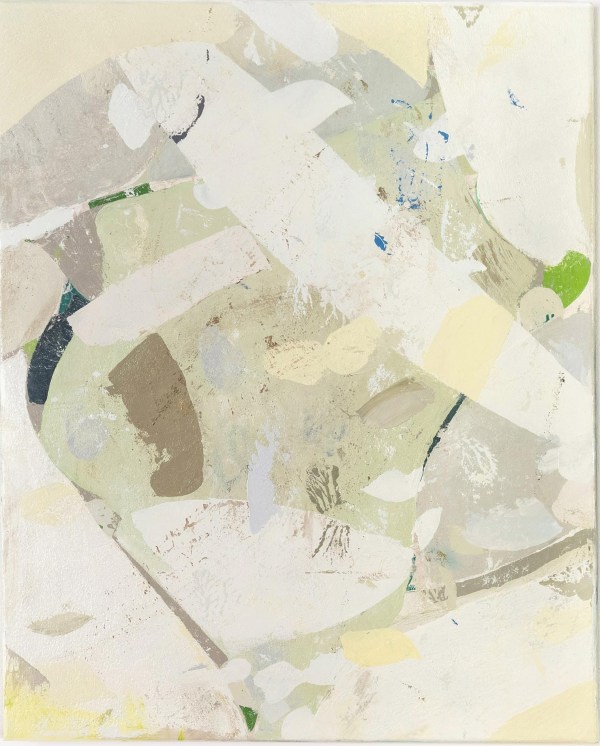Gabriele Cappelli: Gabriele Cappelli
'Contemporariness is, then, a singular relationship with one's own time, which adheres to it and, at the same time, keeps a distance from it. More precisely, it is that relationship with time that adheres to it, through a disjunction and an anachronism.'
Giorgio Agamben
Harmony is the first quality that come to mind when observing the new series of paintings created by Gabriele Cappelli. The harmony of epochs that meet each other, the harmony which art is able to recreate and that time brings together. It is a balance of hidden proportions, spaces and forms, of relationships with beauty and suavity interwoven with an aesthetic whose origins reside in the purity of universality. An idea of 'beauty', reminiscent
of Sappho's delicate poems, where the rhythms of harmony and time are constantly at work dissolving certain relationships and configurations in order to constitute others: the 'purple shadows' of twilight and the 'quiet blue' of the night provide a liquefying background for such 'pleasant' manifestations of harmony, as perceived in the work of Cappelli.
The aesthetic explores the nature of order and taste through the traditional use of oil paint and a unique combination of new nuances with existing ones, through geometric designs, and simplified linear forms. A practise is revealed which leads to an evident sincerity in the immediacy and simplicity of the idea, to the impulsive recognition of Classical beauty. This oeuvre encourages one to analyse tone and plane, to walk around the artwork, gazing into the distance and then closer to the canvas again, perceiving the work's sensual quality, and consequently its resounding physical presence. Paintings become like a symbol of painting, thanks to artist's intricate juxtaposition of colour and form, elegiac in tempo and precise in use of colour, in unison with the idea of Abstract.
Following these compositional aspects, the work also establishes a special relation to the past:Cappelli ties together what is inexorably divided, recalling history and traditions through abstract modernist shapes and textures. He re-evokes, revitalises those lines, making them living again in the present. 'Archaic' means close to the arkhè, which is the 'origin' and Cappelli's work seems to be permeated by this contiguousness with the past and temporality. It is in between this distance and proximity, that lies Cappelli's 'contemporariness'. Instead of feeling the weight of art history on his shoulders, he experiences the freedom to move around and make gestures that are open and powerful.
In this bold engagement with materiality that isn't common in most of today's historically oriented abstract art, the artist is able to create depth from flatness. For those lucky enough to experience the work in person they can return some nuance to the viewing of art, not easily reproduced by looking at the same thing on a digital screen.
-

Composition 195
oil on canvas
160cm x 180cm
-

Composition 196
oil on canvas
120cm x 180cm
-

Composition 189
oil on canvas
140cm x 120cm
-

Composition 197
oil on canvas
140cm x 120cm
-

Composition 175
oil and gold leaf on canvas
140cm x 120cm
-

Composition 193
oil on canvas
120cm x 110cm
-

Composition 191
oil and gold leaf on canvas
117cm x 92cm
-

Composition 194
oil on canvas
120cm x 110cm
-

Composition 198
oil on canvas
120cm x 100cm
-

Composition 208
oil on canvas
110cm x 120cm
-

Composition 202
oil on canvas
90cm x 75cm
-

Composition 206
oil on canvas
90cm x 75cm
-

Composition 207
oil on canvas
90cm x 75cm
-

Composition 199
oil on canvas
50cm x 40cm
-

Composition 203
oil on canvas
50cm x 40cm
-

Composition 205
oil on canvas
50cm x 40cm
-

Composition 200
oil on canvas
40cm x 30cm
-

Composition 204
oil on canvas
40cm x 30cm




















